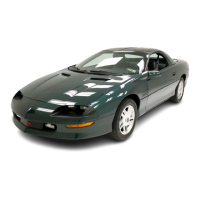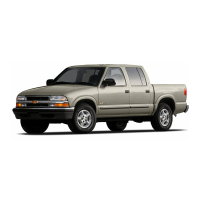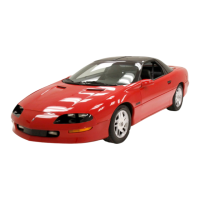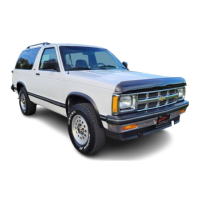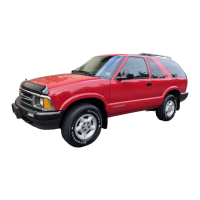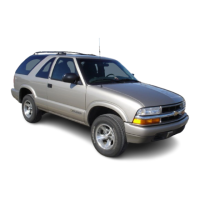Checking Your Restraint Systems
Now and then, make sure all your belts, buckles, latch plates, retractors,
anchorages and reminder systems are working properly. Look for any other
loose
or damaged restraint system parts. If
you
see anything that might keep
a restraint system from doing its job, have it repaired.
Torn or frayed belts may not protect you in
a
crash.
They
can rip apart under
impact forces.
If
a belt is torn or frayed, get a new one right away.
Replacing Seat and Restraint
System
Parts
After
a
Crash
If you’ve had a crash, do you need new belts’?
After a very minor collision, nothing may be necessary. But if the belts were
stretched, as they would be if worn during a more severe crash, then
YOU
need new belts.
If belts are cut or damaged, replace them. Collision damage also may mean
you
will need to have safety belt or seat parts repaired or replaced. New
parts and repairs may be necessary even if
the
belt wasn’t being used at
the
time of the collision.
Before replacing any safety belt, see your dealer for
the
correct part number.
You’ll need the model year and model number for your vehicle. The model
year
is
on your title and registration. And
you
can find the model number
on
the CertificatiodTire label
of
your vehicle. See “Certification/Tire Label”
in
the Index.
The model number
on the replacement belt must be listed on the safety belt
you want to replace. Pull the shoulder belt all
the
way out
to
see this label.
1-35
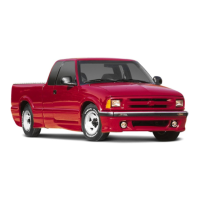
